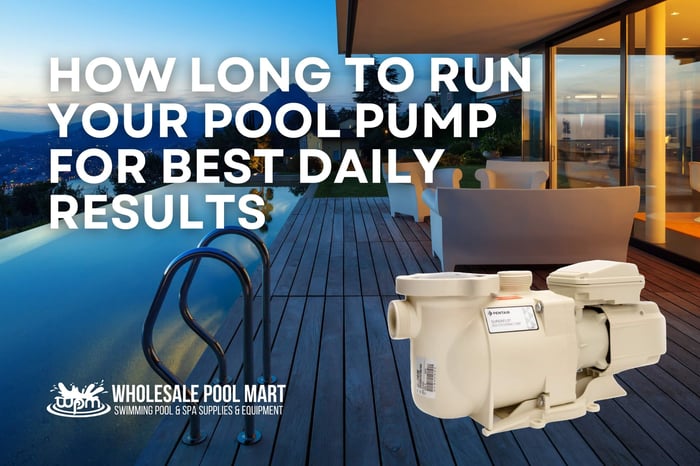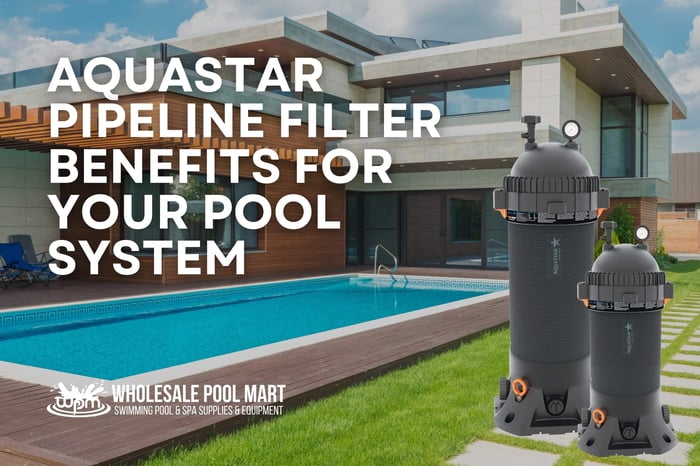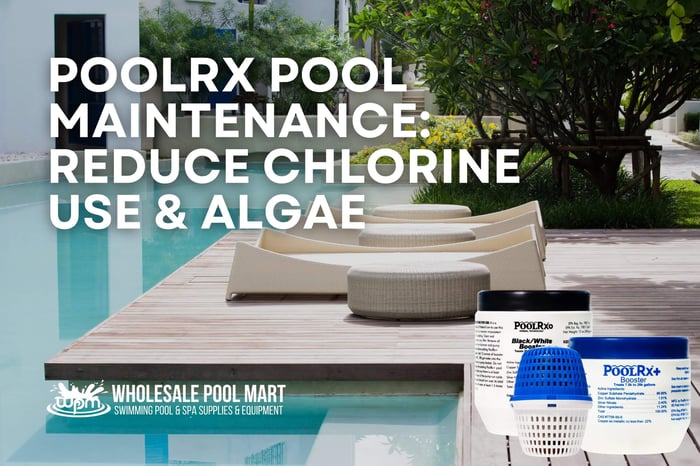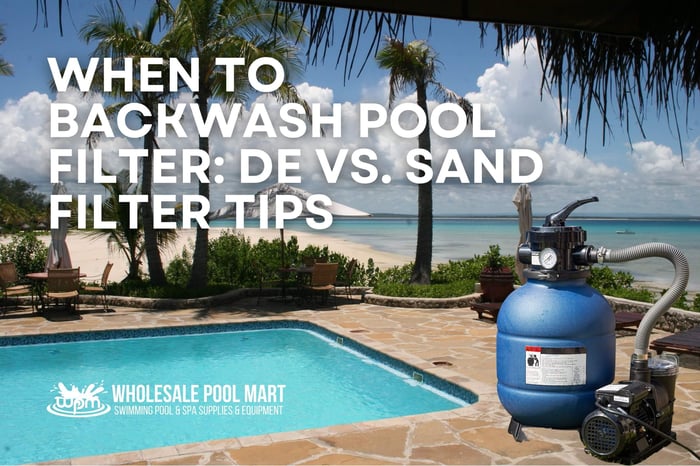How Long to Run Your Pool Pump Daily: Tips and Guidelines
Running your pool pump every day is essential for clear, safe water—but figuring out how long to run your pool pump isn’t always straightforward. Factors like pool size, pump type, time of year, and bather load all affect your ideal schedule. In this guide, we’ll break down how to find the right daily runtime for your pool, help you avoid overpaying on energy costs, and cover helpful tools that make maintenance easier.
Why Daily Circulation Matters for Pool Health
To keep your water clear and sanitary, all of it needs to pass through the pool filter at least once a day. This is known as a complete “turnover.” Without proper circulation, dead zones can form, chemicals become ineffective, and algae can grow quickly—even in a clean-looking pool.
Key benefits of consistent circulation:
Removes dirt, leaves, and body oils from the water
Distributes sanitizers evenly throughout the pool
Reduces the risk of algae and bacteria growth
Prevents debris from settling and staining the surface
How Long to Run Your Pool Pump Depends on Several Factors
The exact number of hours you should run your pump will depend on the following:
Pool Size & Volume
Most pools need at least one full turnover per day. As a rule of thumb:
Small to medium pools (10k–20k gallons) typically need 6–8 hours of filtration.
Larger pools (over 20k gallons) may require 8–12 hours for full turnover.
Pump Type: Single, Dual, or Variable-Speed
Single-Speed Pumps run at full power and may only need 6–8 hours daily.
Dual-Speed Pumps allow for low-speed circulation during off-peak hours.
Variable-Speed Pumps (VSPs) are the most efficient and can run longer at lower RPMs, often 12+ hours, while still saving energy.
Season and Usage
Summer months: Longer runtimes needed due to heat, sun exposure, and heavier pool usage.
Winter or covered pools: Shorter run times may be sufficient.
How to Calculate the Ideal Runtime
If you want a more precise calculation, here’s how to estimate it:
Check your pool’s volume in gallons.
Look at your pump’s flow rate (GPM or GPH)—this is usually listed on the label or in the manual.
Divide pool gallons by GPH to determine how many hours you need for one turnover.
For example, a 20,000-gallon pool with a 2,500 GPH flow rate would require 8 hours (20,000 ÷ 2,500 = 8).
Smart Tips to Save Energy While Maintaining Water Quality
You don’t need to run your pump 24/7—just long enough to circulate the entire pool. Here are some energy-saving tips:
Run the pump during off-peak electricity hours when possible.
Use a timer to break up the runtime into shorter cycles (e.g., 4 hours in the morning, 4 in the afternoon).
Upgrade to a variable-speed pump if you haven’t already. They’re more efficient and quieter.
Helpful Tools and Parts to Keep Your Pump Running Efficiently
If your pump isn’t circulating properly, parts like seals, impellers, and strainer lids may need attention. These tools can help keep your system running optimally year-round.
Pump Parts Collection
Cracked pump baskets, leaky lids, or worn O-rings can reduce performance. Browse our Pump Parts Collection for essential replacements.
Use the Replacement Parts Search Tool
Not sure what part you need? Use our Replacement Parts Search Tool on the homepage. Just enter your equipment’s brand and model to view a clickable diagram with all matching components.
Final Thoughts: Consistency Is Key
Understanding how long to run your pool pump is crucial for saving money and maintaining clear water. Whether you have a basic single-speed model or a modern variable-speed pump, daily circulation should always match your pool’s size and seasonal demands. A well-maintained pump and properly set schedule reduce chemical usage, prevent algae, and extend the life of your system.
Explore our parts collection and interactive search tool to keep your pump running strong all season long.




